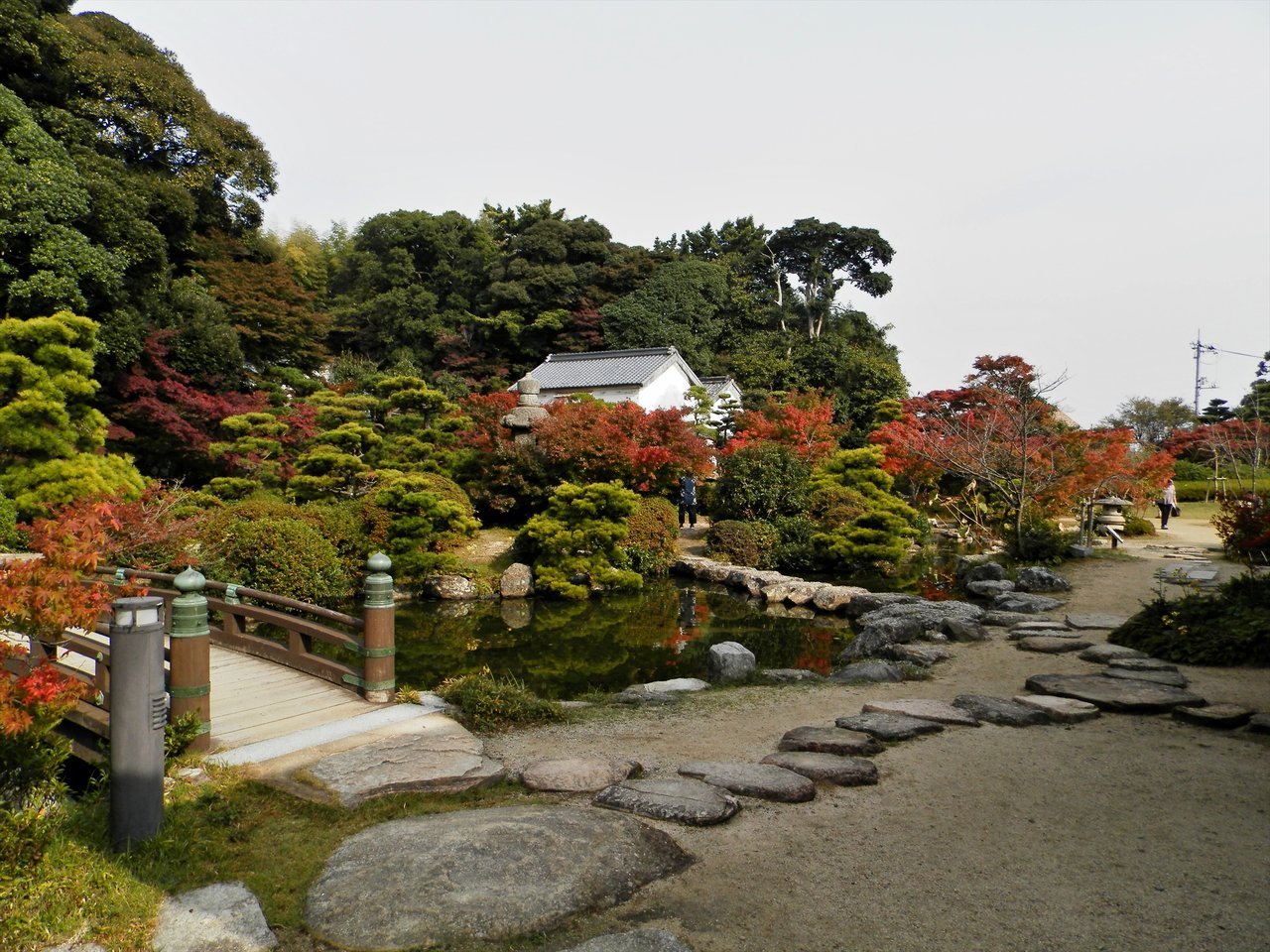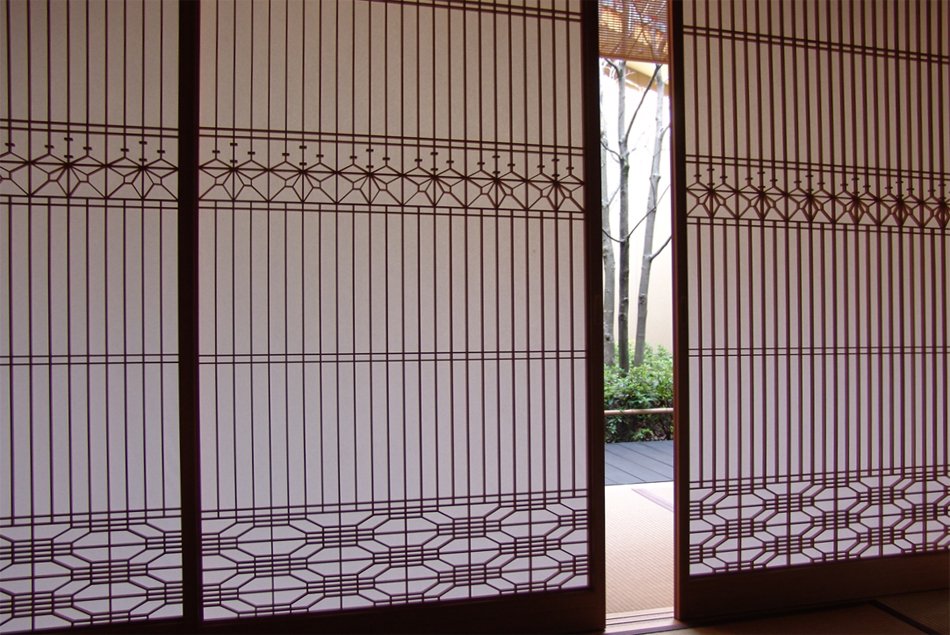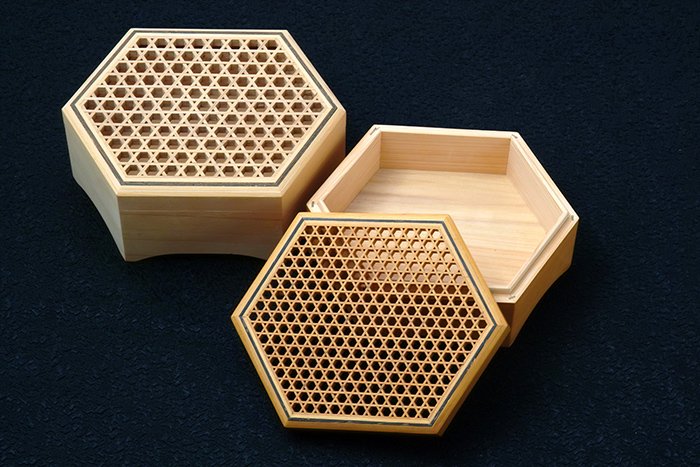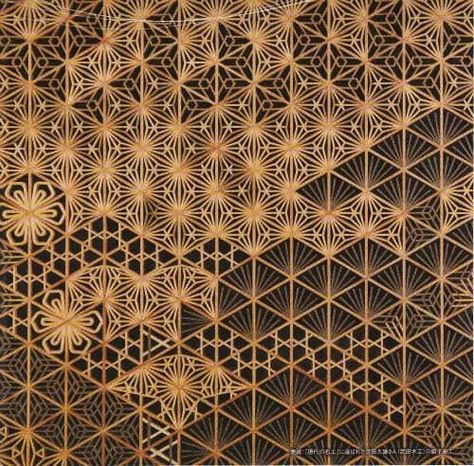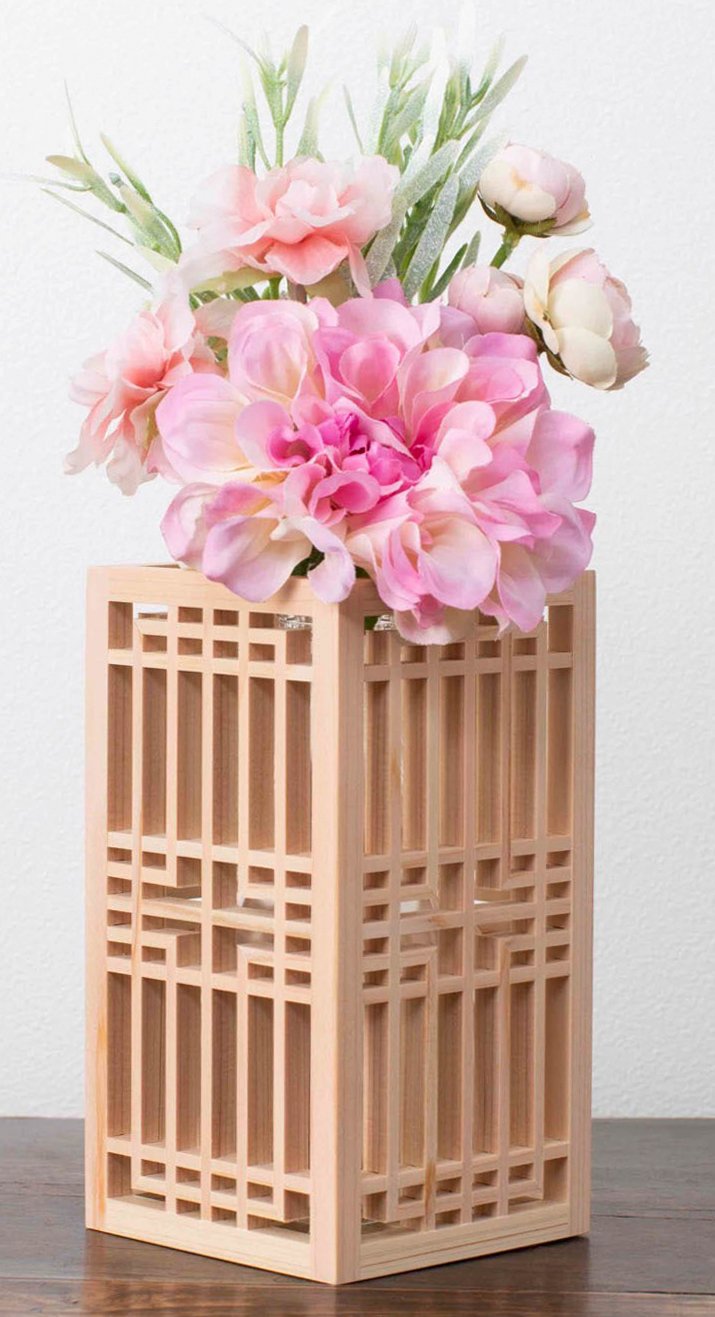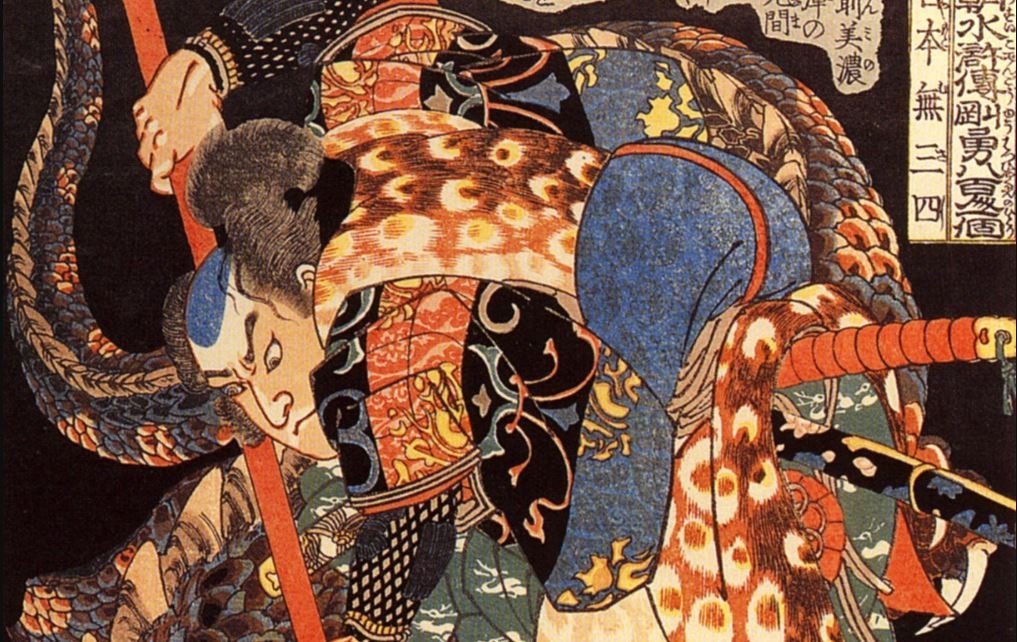Bonsai 盆栽
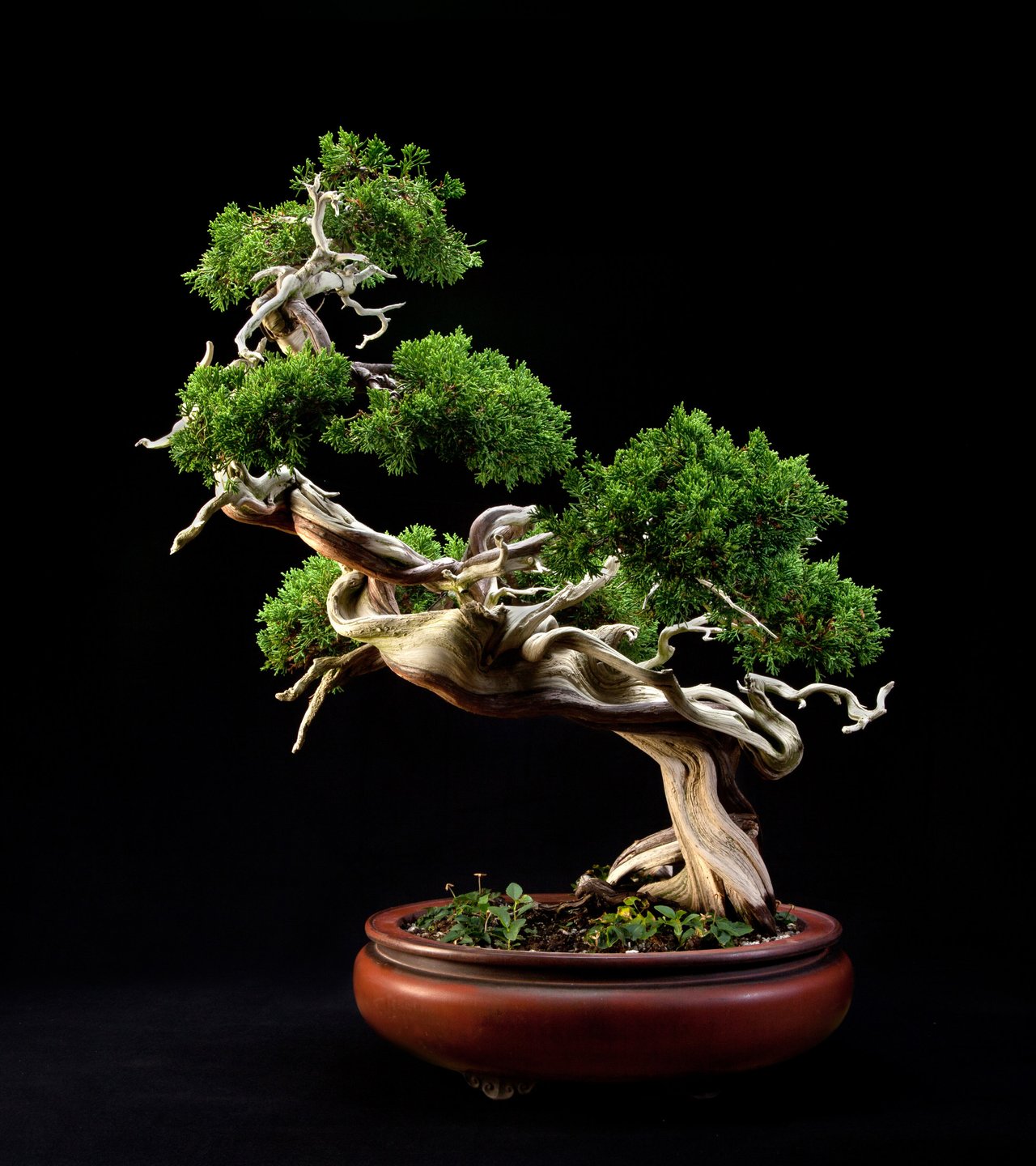
Bonsai (盆栽) are potted miniature trees which are carefully styled to achieve an aesthetic effect through training with wiring and cutting. The concept was first imported into Japan from China more than a thousand years ago. Since then, a distinctive style of this “living art” form has been developed in Japan.
Enjoy a collection I find most beautiful.

This Japanese five needle white pine can bring to mind a violent ocean current, formed above the pot by the intensely whirling shari. Estimated Age: 500 years

A Japanese Maple, part of a private collection of trees maintained by the staff of Mansei-en (Omiya Bonsai Village) is in Saitama, located just about an hour from Tokyo and fun to visit. It's made up of six gardens, with the earliest founded in 1848.
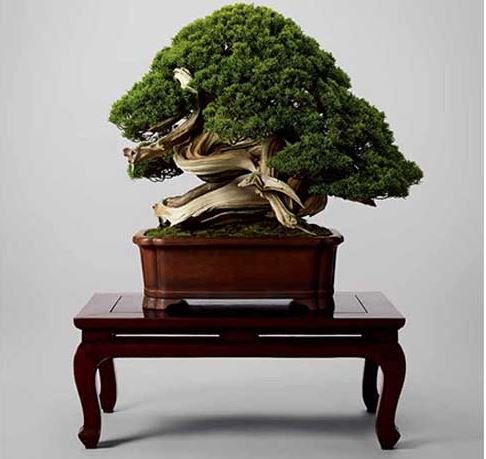
A Japanese Juniper named “Garyu (Reclining Dragon)” cared for by the Kato family. Estimated Age: 700 years
Simple, yet moving. Rotating on display at a coffee shop in Ginza, Tokyo.
I love the miniature world with moss.

Incredibly powerful.

Detail of the bark plates on this dramatic black pine (kuromatsu).

This trident maple was a gift from the Royal Household of Japan from Prince Takamatsu, now cared for by the National Bonsai Foundation in Washington, DC. Raised from a seedling with training that began in 1895.
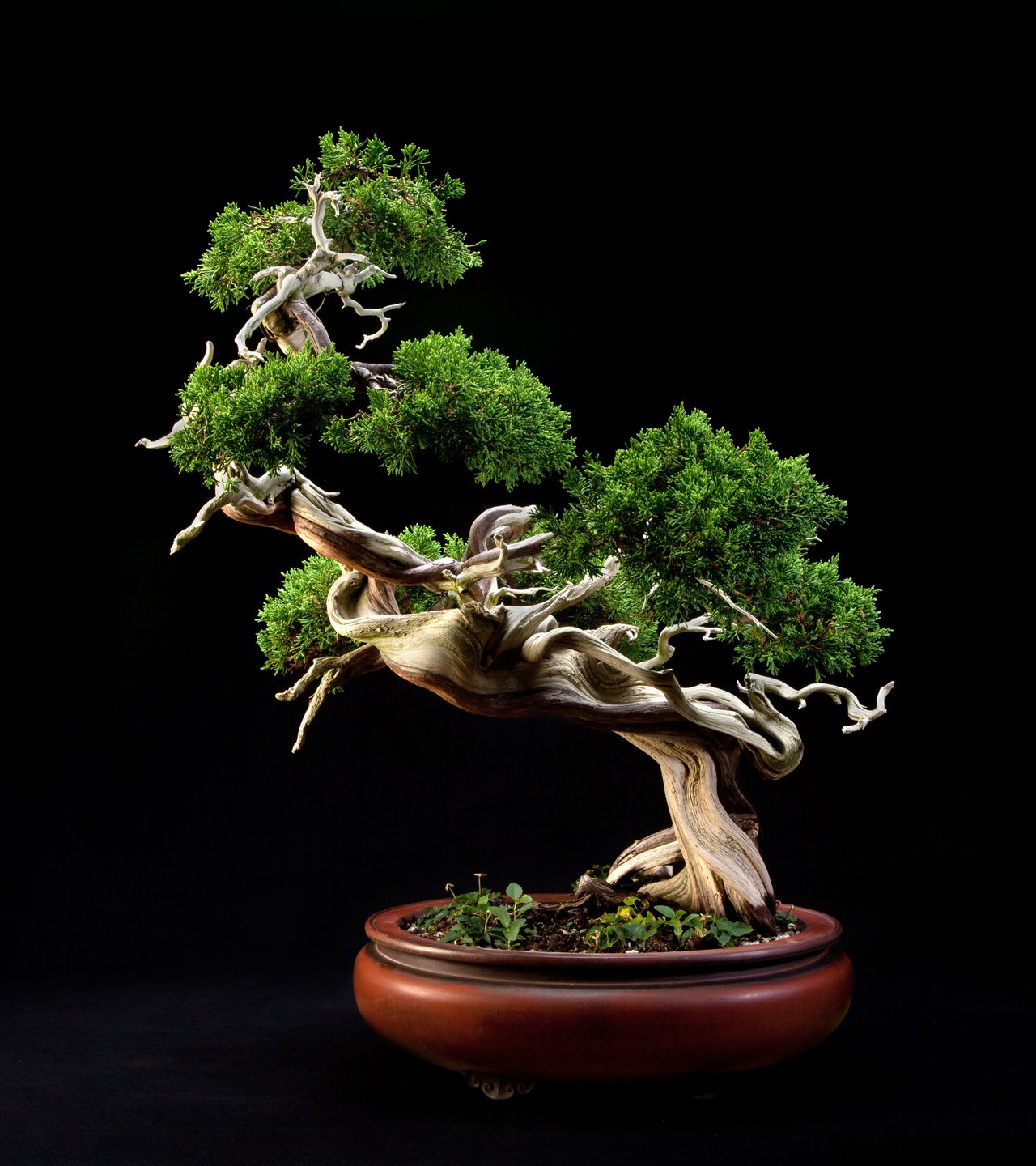
This Juniper that inspired the logo of the Bonsai Foundation, a gift from the great master Kenichi Oguchi, who ran a bonsai nursery in Niigata, Japan. The tree is a yamadori, meaning it was collected from the wild.

This shinpaku juniper, estimated to be 1000 years old, was found in 1983 in the mountain of Itoigawa City, Niigata Prefecture.
Mr. Naoji Ito who transplanted it, turned it over to be cared for by Master Mr. Saburo Kato (1915-2008) who named it Hiryu (flying dragon).

A rare photo of Mr. Kato caring for Hiryu.
Thank you for visiting.
eri









